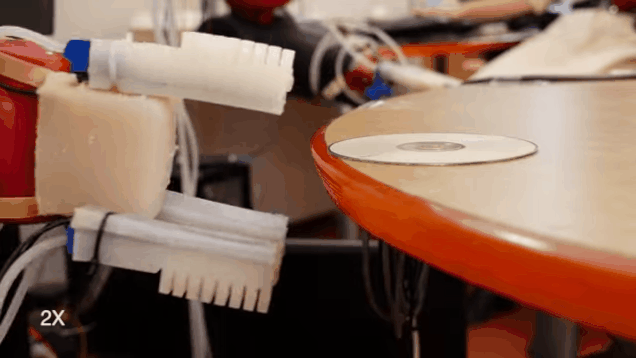Oct 1, 2015
New Maps of Ceres Highlight Mysterious Bright Spots, Giant Mountain
Posted by Sean Brazell in category: space
New maps of Ceres show the dwarf planet’s mysterious bright spots and huge, pyramid-shaped mountain in a new light.
The new maps of Ceres come courtesy of NASA’s Dawn spacecraft, which has been orbiting the heavily cratered dwarf planet since March. The maps highlight the compositional and elevation differences across Ceres, the largest object in the main asteroid belt between Mars and Jupiter.
For example, one new topographic map focuses on an odd mountain dubbed “the Pyramid,” which rises about 4 miles (6.4 kilometers) into space from Ceres’ surface. And another map zeroes in on the 56-mile-wide (90 km) Occator crater, whose floor features the most luminescent of the dwarf planet’s enigmatic bright spots. [Ceres’ Mysterious Bright Spots Coming Into Focus (Video)].

















